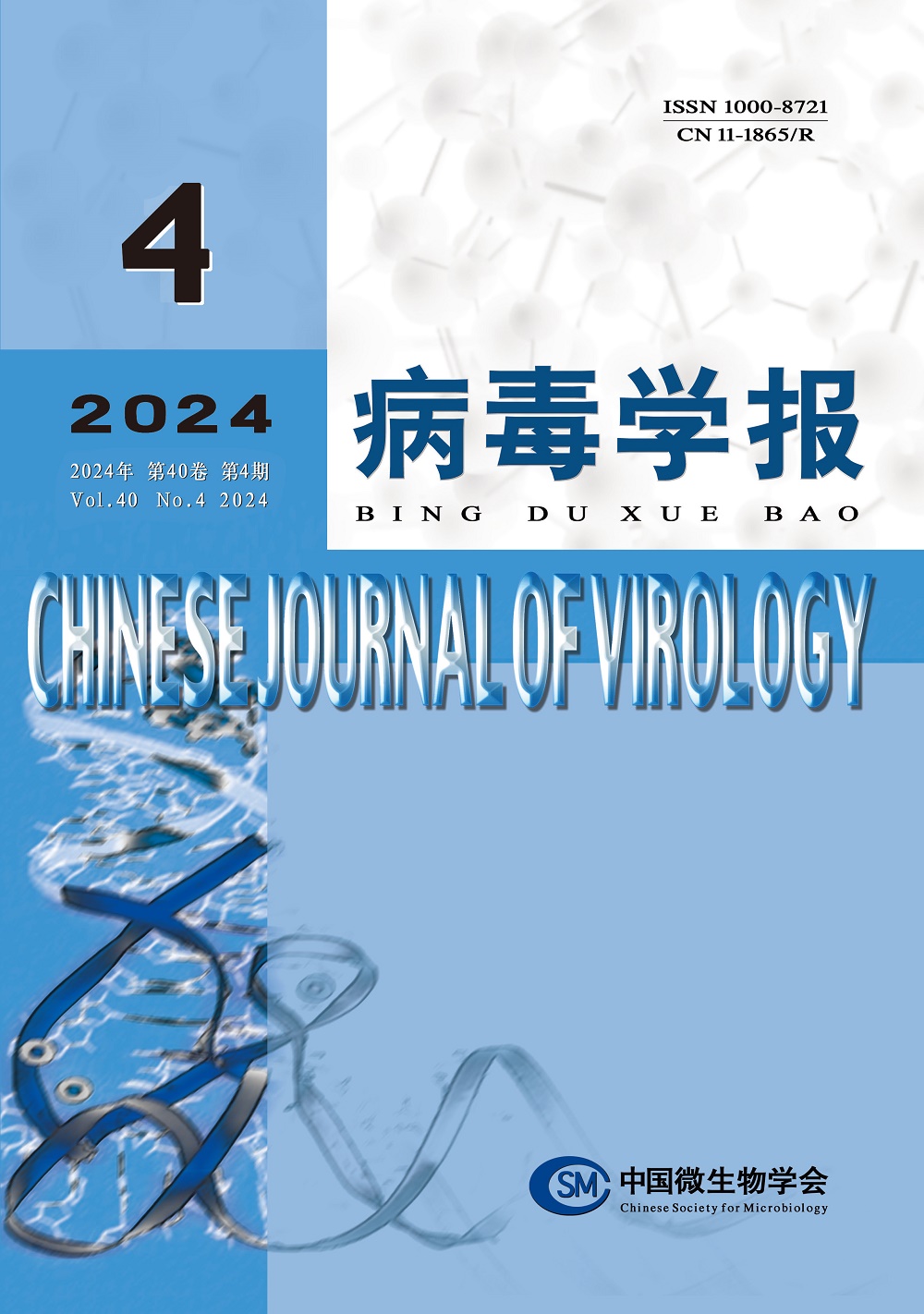[Molecular characteristics of noroviruses causing outbreaks of acute gastroenteritis in Huzhou].
引用次数: 0
Abstract
To study the molecular characteristics of Noroviruses causing outbreaks of acute gastroenteritis in Huzhou. During April 2008 and February 2009, fecal specimens of patients collected from 2 outbreaks of acute gastroenteritis were tested for Norovirus by real-time RT-PCR. Partial sequence of RNA dependent RNA polymerase(RdRp) of the positive samples were amplified by RT-PCR, the PCR products were then purified, sequenced and phylogenetic analysis was conducted. Both genogroup II (GII) and genogroup I (GI) noroviruses were detected in 2 outbreaks. Phylogenetic analysis revealed that two of the GI norovirus strains isolated from 2008 belonged to genotype GI/2 and one of the GI Norovirus strain isolated from 2009 belonged to genotype GI/3. The other GIIú norovirus strains isolated from 2009 had high nucleotide identity with GIIb genotype that had been reported frequently in European countries during 2000 and 2001 and in Asian countries recently. These results suggested that the epidemic strains of norovirus isolated in Huzhou had a high degree of genetic diversity and prevalent genotypes at different times were also different. To our knowledge this is the first report of detecting GIIb variant in outbreaks of acute gastroenteritis in China.[湖州市引起急性胃肠炎暴发的诺如病毒分子特征]。
目的研究引起湖州市急性胃肠炎暴发的诺如病毒的分子特征。在2008年4月和2009年2月期间,采用实时RT-PCR对从2起急性胃肠炎暴发中收集的患者粪便标本进行了诺如病毒检测。采用RT-PCR扩增阳性样品的RNA依赖性RNA聚合酶(RdRp)部分序列,对PCR产物进行纯化、测序和系统发育分析。在2次暴发中均检测到基因II型(GII)和基因I型(GI)诺如病毒。系统发育分析显示,2008年分离的2株胃肠道诺如病毒为GI/2基因型,2009年分离的1株胃肠道诺如病毒为GI/3基因型。2009年分离的GIIú诺如病毒株与2000年和2001年在欧洲国家和最近在亚洲国家频繁报道的GIIb基因型具有高核苷酸同源性。说明湖州诺如病毒流行株具有高度的遗传多样性,不同时期流行的基因型也不同。据我们所知,这是中国首次在急性胃肠炎暴发中发现GIIb变异。
本文章由计算机程序翻译,如有差异,请以英文原文为准。
求助全文
约1分钟内获得全文
求助全文
来源期刊

病毒学报
病毒学
自引率
0.00%
发文量
3887
期刊介绍:
Chinese Journal of Virology was founded in 1985. Its supervisory unit is the China Association for Science and Technology, its sponsor is the Chinese Society of Microbiology, its organizer is the Institute of Viral Disease Prevention and Control, Chinese Center for Disease Control and Prevention, and its editorial department publishes it. This journal is a professional academic journal in virology, and mainly publishes new achievements and progress in basic and applied basic research on human and animal viruses, plant viruses, insect viruses, bacteriophages and phage viruses. The subscribers of the journal are mainly domestic scientific research units, universities, medical institutions, scientific research and development workers engaged in virus biomedical technology enterprises, and well-known databases and book and newspaper collection institutions at home and abroad.
 求助内容:
求助内容: 应助结果提醒方式:
应助结果提醒方式:


